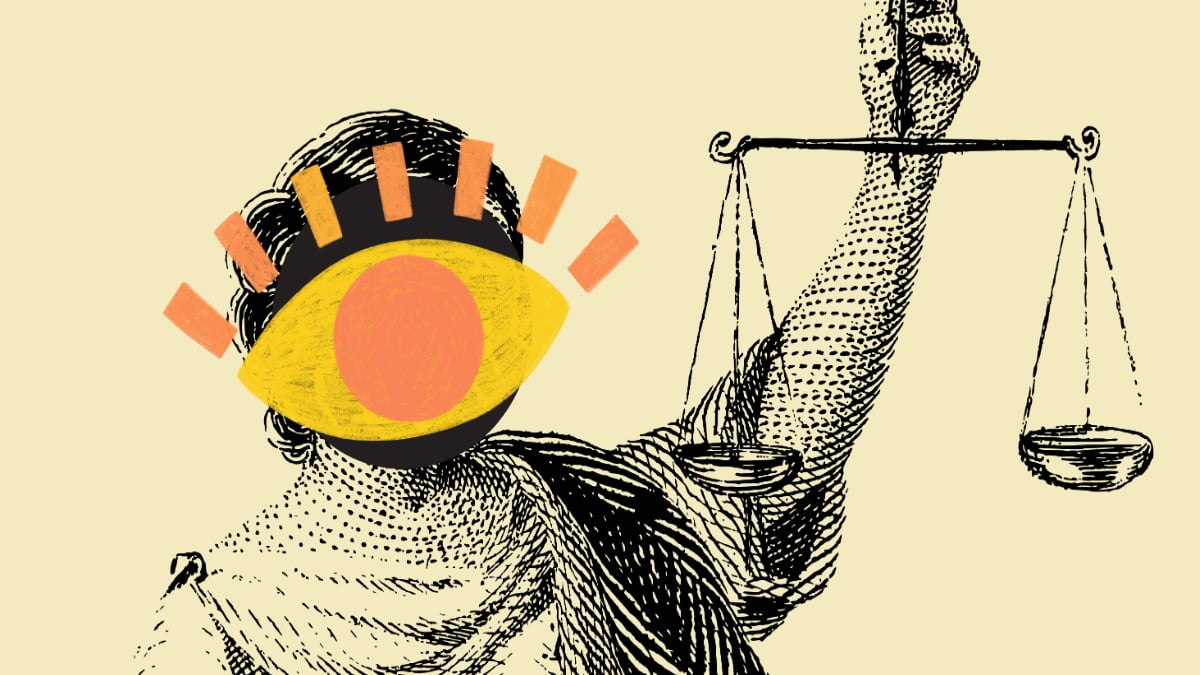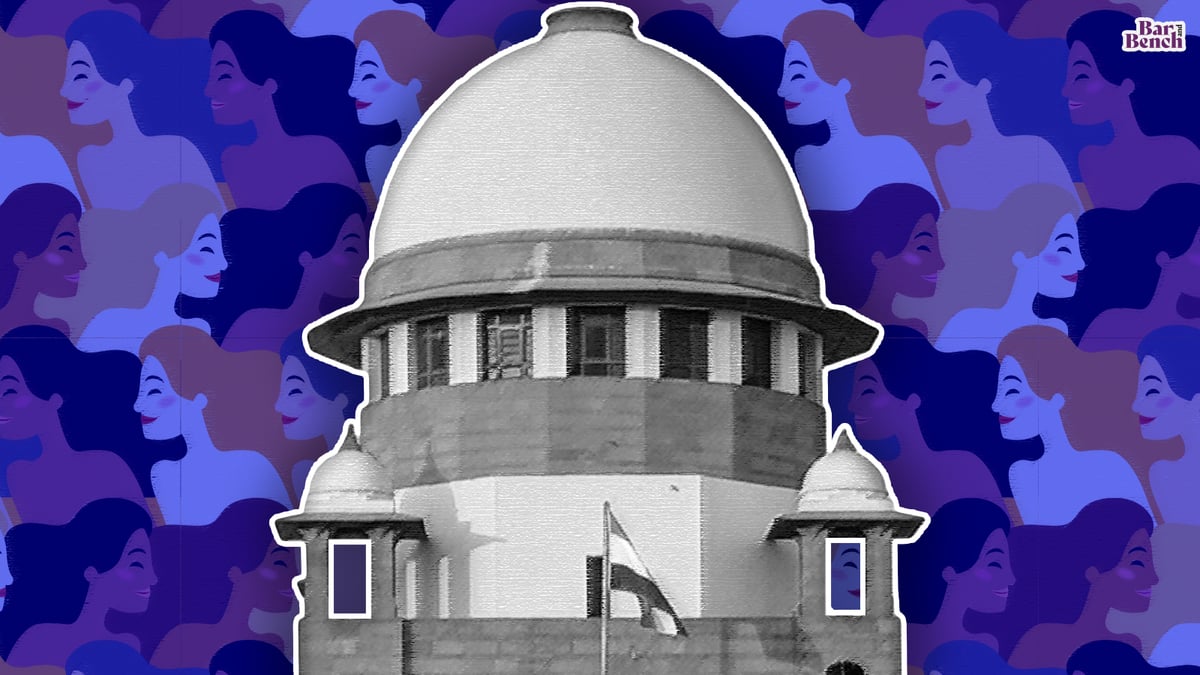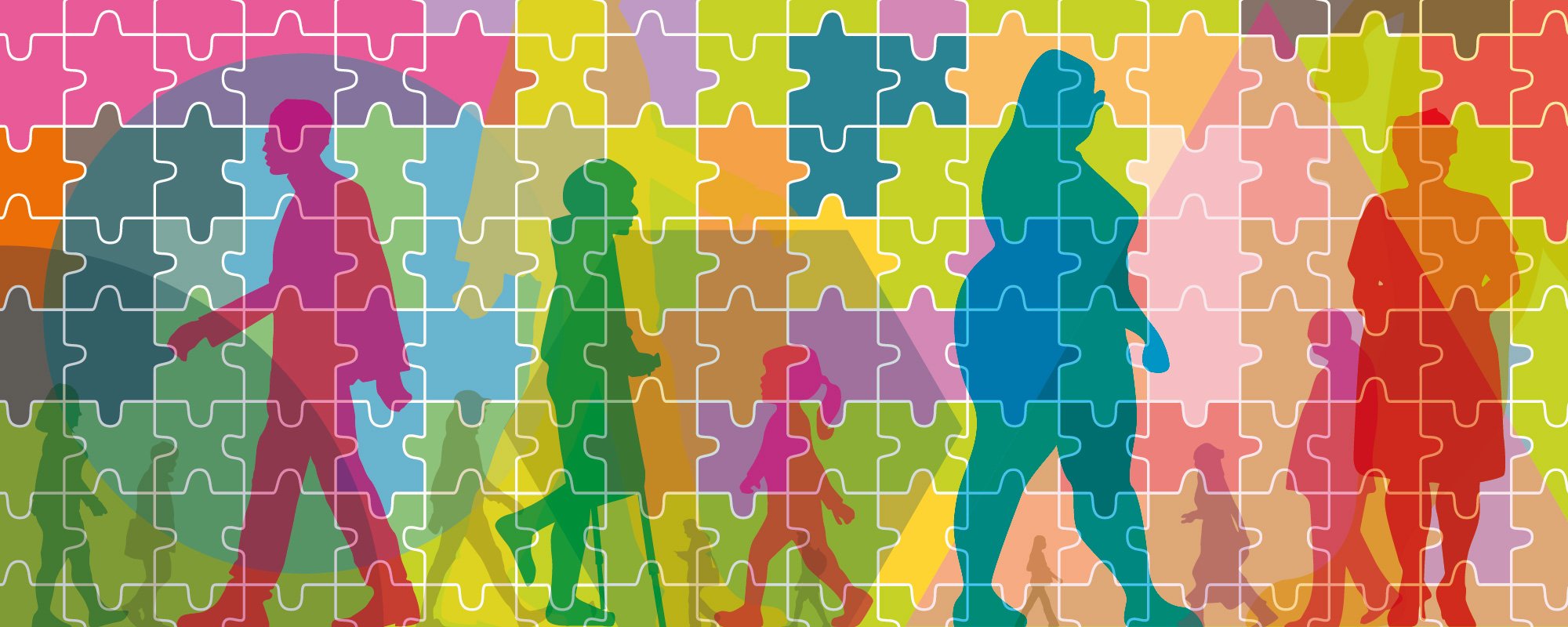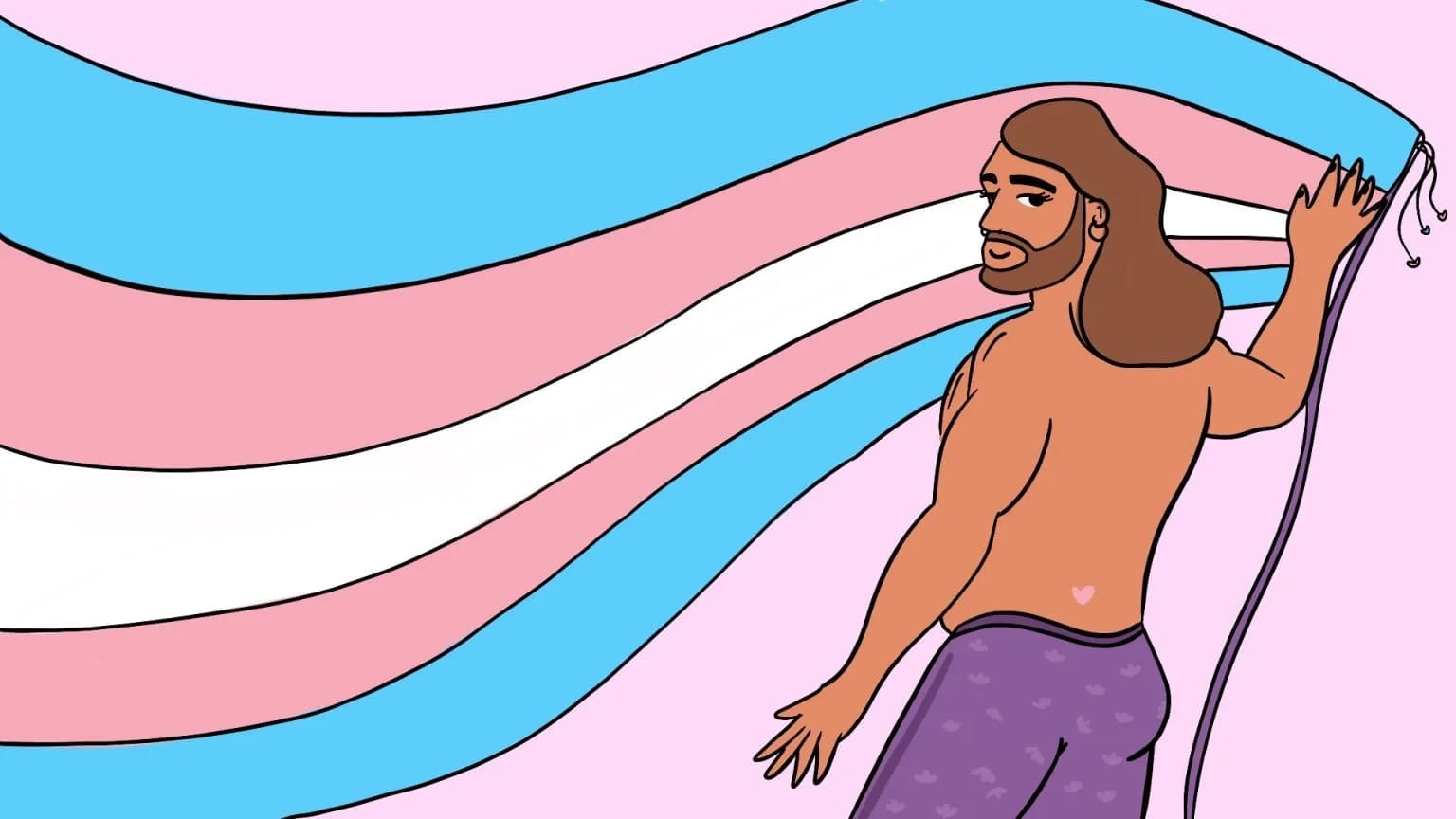Trigger Warning: Rape
Do all women experience equal privilege and same sufferings? Certainly not. Gender discrimination is intertwined and unique. Women are a heterogeneous group and their experiences are diverse in which nationality, caste, class, age, ethnicity and physical ability play an operative role. Intersectional feminism allows us to comprehend the overlap of multiple identities within a gender and determines the individual’s privilege in the society.
Crenshaw remarked that a person’s privilege in society is determined by their intersectional position, which enables us to understand how several identities overlap.
The term “intersectionality” is associated with Dr. Kimberlé Williams Crenshaw’s ground-breaking research on the broader context of racial disparity in the United States. Crenshaw remarked that a person’s privilege in society is determined by their intersectional position, which enables us to understand how several identities overlap.
In the Indian Context, the notion of intersectionality has been employed by feminist, anti-caste, disability, and queer rights researchers, activists, and organisations since 1990. However, the term received judicial recognition in the year 2021 when the Supreme court of India acknowledged the phrase “intersectional oppression” in Patan Jamal Vali v. The State of Andhra Pradesh (2021).
The case provided guidelines to be followed by the courts while dealing with matters involving intersectionality. The concept suffers deafening silence from researchers and academia. The article seeks to demystify the origin and meaning of the concept of intersectional feminism. The article attempts to comprehend the interconnection of all forms of subordination in India and stresses the need for mainstreaming intersectionality in the light of Supreme Court case law.
Patan Jamal Vali v. The State of Andhra Pradesh
In Patan Jamal Vali v. The State of Andhra Pradesh ([2021] 3 S.C.R. 470), the Supreme court acknowledged the intersectional identity of an individual and the underlying societal factors that overlap to place them in a disadvantaged position of power. The judgment was rendered by two judge bench headed by Justice DY Chandrachud, confirming the judgment of the Andhra Pradesh High Court.
In this case, the court dealt with the circumstances for the heinous offence of rape of a girl belonging to the Scheduled Caste Community. Citing a journal article authored by Eaton & Mary, the Supreme Court defined intersectionality as,
‘Oppression [that] arises out of the combination of various oppressions which, together, produce something unique and distinct from any one form of discrimination standing alone.’
The case is pertaining to the rape of a visually impaired woman aged 19 at the time of commission of offence. The woman belongs to the Madiga caste. The case was filed against the perpetrator under 3 (2) (v) of SC/ST (POA) Act and s. 376(1) of the Indian Penal Code. The offence was confirmed by the apex court beyond reasonable doubt and proceeded to the following analysis.
Analysis of intersectionality: the different hues of identity
The legal analyses of the case concentrated on identifying specific forms of oppression that run along one axis, such as caste, disability, or gender. The court observed that, ‘Regardless of a woman’s social status the experience of rape is traumatic. However, such an experience is horrific if the woman belongs to a scheduled caste community, disadvantaged with disability.‘ The court crucially analysed how several forms of oppression interact to create an experience of subordination in a woman who is blind and a member of the scheduled caste community. Thus, the court observed that the woman is disadvantaged under two factors – a) being a disabled woman, and b) belonging to Scheduled Caste (SC).
In Patan Jamal Vali v. The State of Andhra Pradesh ([2021] 3 S.C.R. 470), the Supreme court acknowledged the intersectional identity of an individual and the underlying societal factors that overlap to place them in a disadvantaged position of power.
While analysing the intersection of disability and gender, the court explained the terms to be twin tales of societal oppression. The Supreme Court observed that, the testimony of disabled prosecutrix i.e., identification of the accused by the woman cannot be rendered weak for the reason that visually impaired individuals communicate in different ways. Thus, the testimony of this prosecutrix is entitled to equal weight as that of a prosecutrix who would have been able to visually identify the perpetrator. The court further held that the extent of violence against women and girls with disabilities is not recorded in India. This is a significant barrier to ponder and circumvent the problem.
The apex court observed that, the Scheduled Castes and Scheduled Tribes continue to be vulnerable in spite of several efforts to better their socio-economic circumstances. Due to a variety of historical, social, and economic factors, serious crimes are frequently committed against them.
Final judgment: affirming intersectionality
Expressing the difficulty in delineating the overlapping of different identities of an individual, the court held that intersectional identities form a vital part of the facts and circumstances of the act and speak to the nature of the crime. The court has taken this holistic view disregarding a series of earlier judgments stating, ‘socio-economic status, religion, race, caste or creed of the accused or the victim are irrelevant considerations in sentencing policy‘. The court observed that, the prosecutrix in this instance has a unique individual experience based on her gender, caste, and disability and convicted the accused for the offence punishable under 376(1) of the Indian Penal code.
The theory of intersectionality has gained significance in Indian judiciary and the judgment Patan Jamal Vali v. The State of Andhra Pradesh may provide fillip to social change that enables victims to express the various interconnected kinds of subordination that have harmed their lives. Thus, the case has given feminist jurisprudence a proper legal standing by recognising intersectionality is a positive step that demonstrates understanding of the idea.
References:
Crenshaw, K. (1989). Demarginalizing the Intersection of Race and Sex:. University of Chicago Legal Forum:(1), 139-167.
Goethals, T., & Hove, E. D. (2015). Weaving Intersectionality into disability Research: Inclusion, Reflexivity and Anti-Essentialism. Journal of Diversity and Gender Studies, 2(1), 75-94.
Govinda, R. (2022). Interrogating Intersectionality: Dalit Women, Western Classrooms,. Journal of International Women’s Studies, 23(2), 72-86.
McCall, L. (2005). The Complexity of Intersectionality. Signs, 30(3).
Runyan, A. S. (2018). What Is Intersectionality and Why Is It Important? Academe, 104(6), 10-14.
UNWomen. (2021). Intersectionality Resource Guide and Toolkit: An Intersectional Approach to Leave No One Behind. United Nations Entity for Gender Equality and the Empowerment of Women. Retrieved from UN Women.








